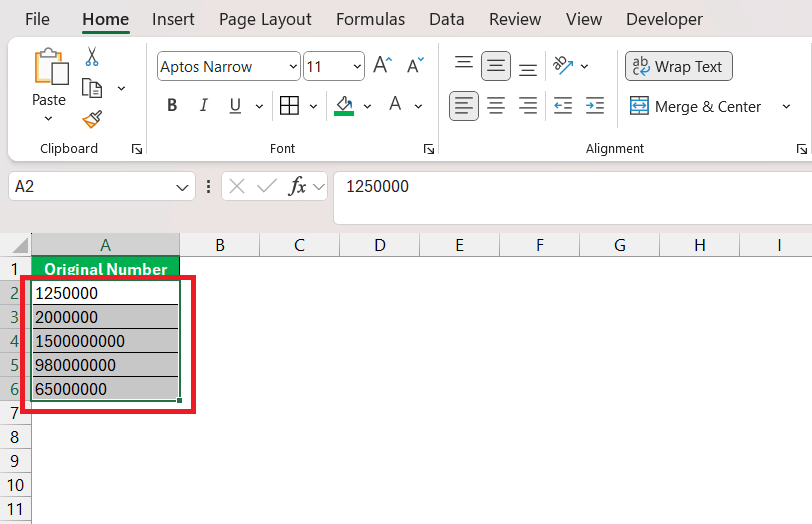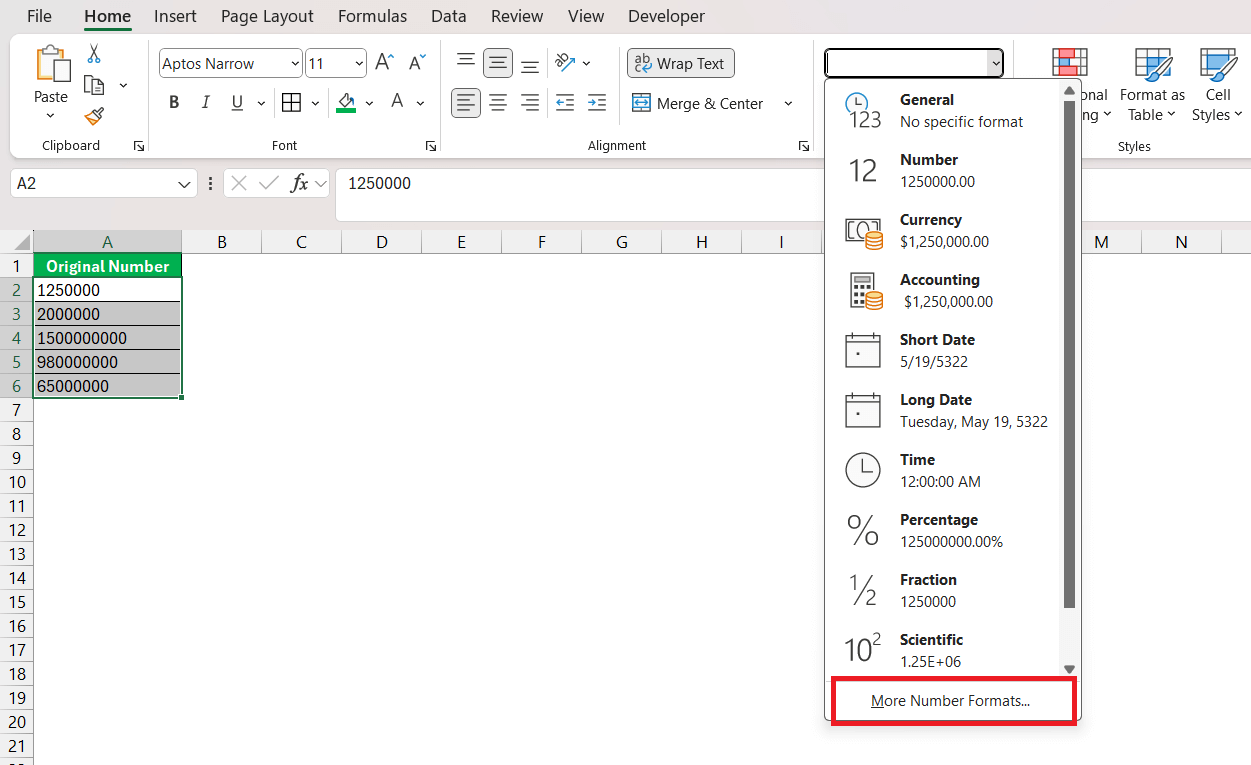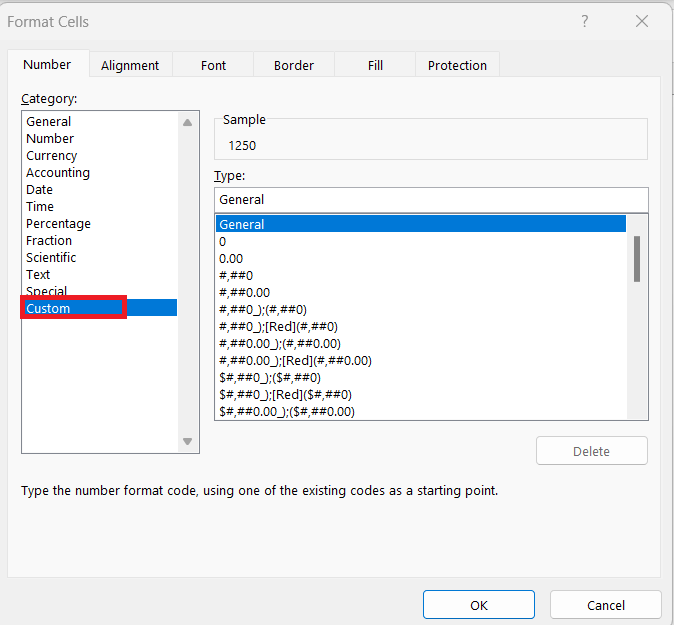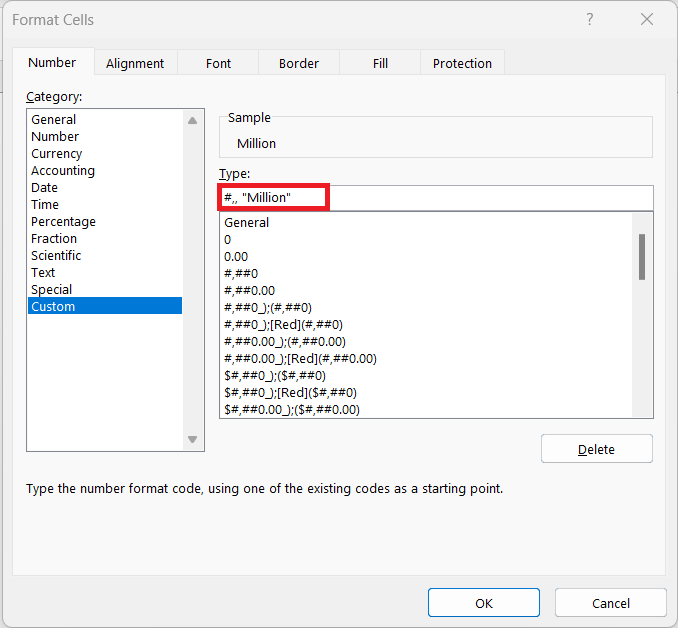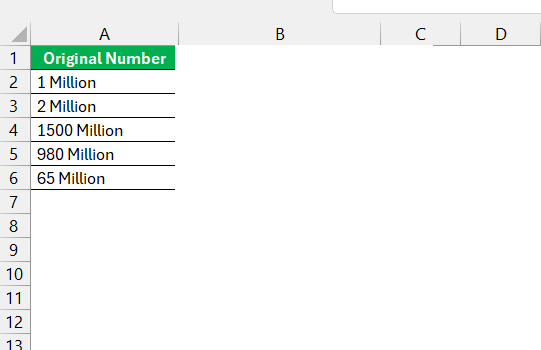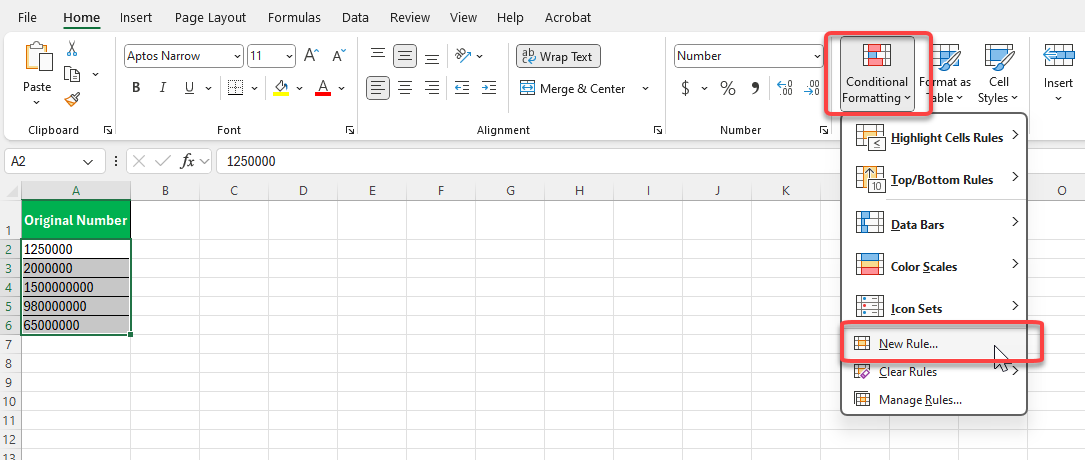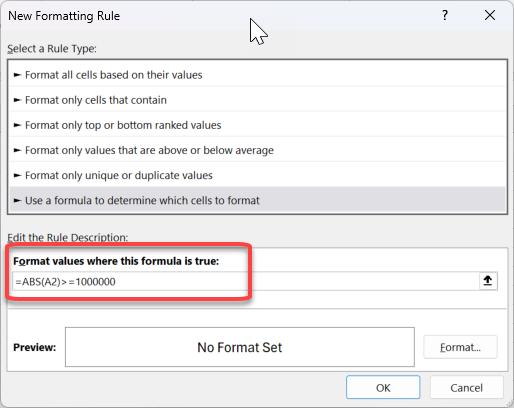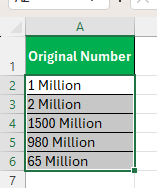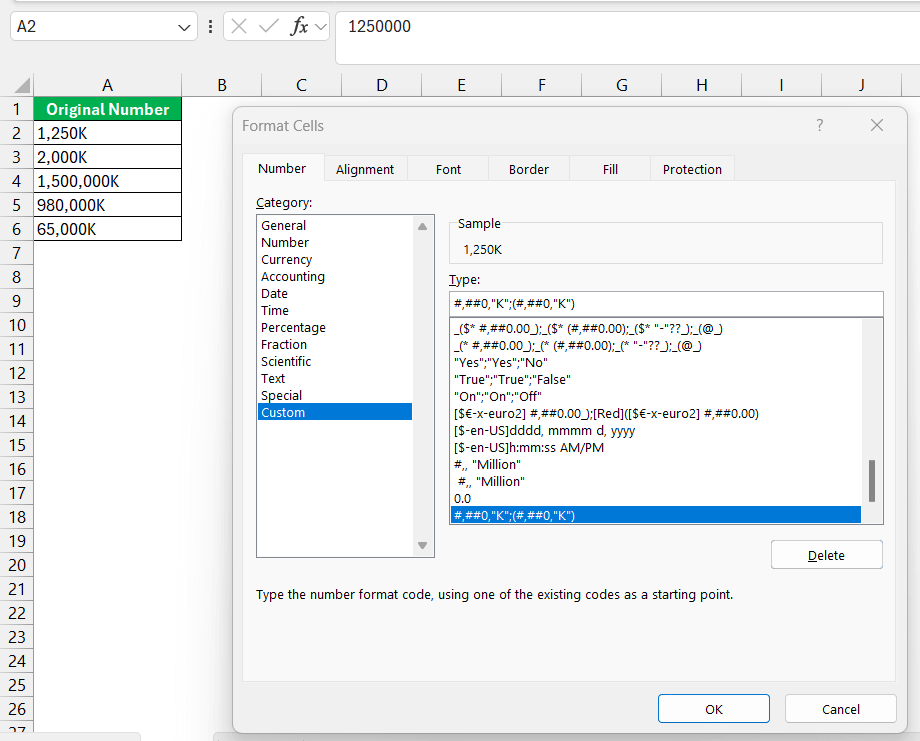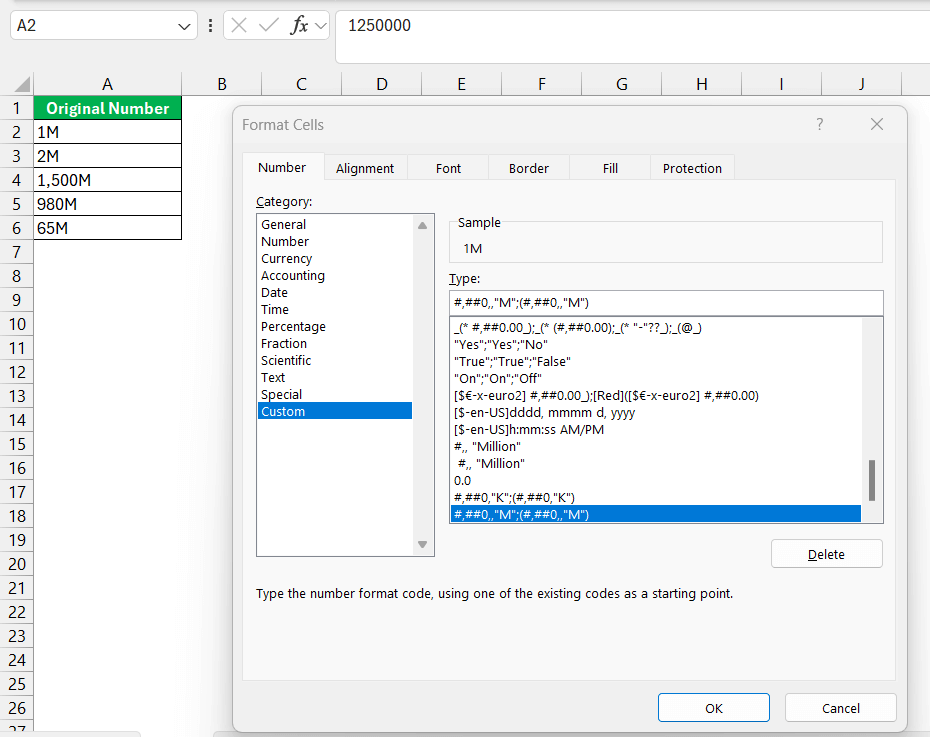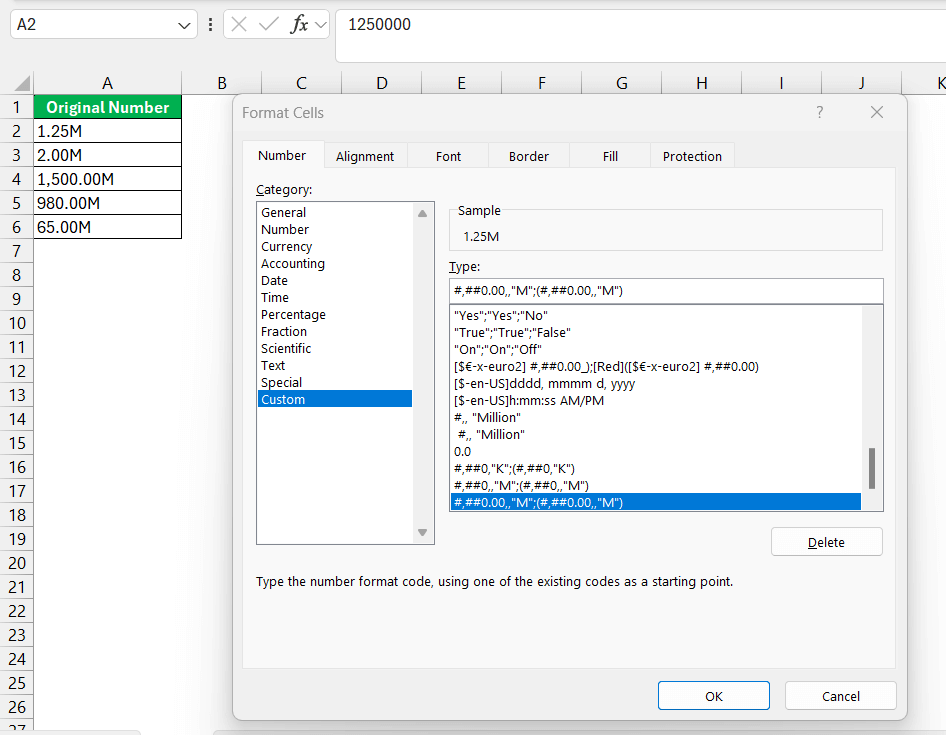Working with large numbers in Microsoft Excel can sometimes feel overwhelming, especially when you’re creating reports or dashboards. If you’ve ever wished to replace those long numbers with something more concise like “1K” or “1M,” you’re not alone. In this article, I’ll show you step-by-step how I abbreviate numbers in Excel to make my spreadsheets look cleaner and easier to read.
Key Takeaways:
- Abbreviating large numbers in Excel makes spreadsheets cleaner and more readable, simplifying data comprehension and analysis.
- Custom number formatting in Excel enables you to display numbers in concise forms like “K” for thousands or “M” for millions without altering the actual values.
- Dynamic formulas like
=IF()andTEXT()allow for flexible, text-based number abbreviations that adapt to varying ranges, such as billions, millions, or thousands. - Formatting numbers with custom codes like
#,##0,"K"or#,##0,,"M"maintains precision in calculations while improving presentation for reports or dashboards. - Consistent decimal formatting ensures professional, uniform spreadsheets, especially for financial data, and helps prevent misinterpretation.
Table of Contents
Introduction to Excel Number Formatting
The Need for Abbreviating Numbers in Excel
In our data-driven world, we often come across large figures that are crucial yet cumbersome to read and analyze, especially when they clog up our spreadsheets with too many digits. The need for abbreviating numbers in Excel is paramount not only for aesthetic reasons but also for practicality. It simplifies the reading, comprehension, and comparison of large figures while keeping the spreadsheets tidy. Abbreviations ensure that figures are accessible and that reports are communicated more effectively.
Imagine trying to quickly scan a financial report: rows upon rows filled with six or seven-digit numbers can be intimidating. Abbreviating these to ‘K’ for thousands or ‘M’ for millions can instantly make the data more digestible. Yet, despite its importance, many of us don’t leverage the full power of Excel to streamline our data.
Overview of Excel’s Custom Formatting Features
Excel’s custom formatting features are a powerful set of tools that let us manipulate how data is displayed without altering its actual value. This principle is key: the integrity of our data remains untouched, but we gain the flexibility to represent it in the most practical way for our specific use case.
With custom formatting, we can instruct Excel to show numbers in abbreviated forms, apply different date formats, or even define new formats based on specific criteria we set. These features are tucked away under the ‘Number Formats’ section where we can delve into a world of predefined options like currency, accounting, date, or time, and if none of these fit our bill, there’s the ultimate personal touch – the ‘Custom’ option.
Here, we can create our bespoke format strings that dictate exactly how we want our numbers to appear. Want to display thousands with a ‘K’? Done. Prefer to have your phone numbers in a readable format? Easily achievable. Excel caters to these nuanced requirements with a level of precision that can satisfy even the most particular demands.
Abbreviate Number: Key Excel Tricks
Method 1: Create a Custom Format Code
Creating a custom format code in Excel is akin to tailoring a suit – it’s about achieving the perfect fit for your data presentation needs. Let’s dive into this method:
To breathe life into our numbers, we first select the cell or range of cells that require formatting.
Then, we initiate our journey by clicking on the ‘Home’ tab, locating the dropdown, and selecting More Number Formats.
Here, under the ‘Number’ tab, lies the treasure trove named ‘Custom’.
In this sanctum, we can craft our unique code. For an elegant touch, using #,, "Million" in the Type box transforms a hefty ‘1000000’ into a chic ‘1 Million’. It’s essential to note the space after the commas and before the quotes – this spacing is not merely for style; it’s a functional requirement ensuring our custom format is understood by Excel.
The magic doesn’t end after the initial spectacle. This custom format stays with us within the document, ready to be reused like a loyal tool.
However, when we embark on a new spreadsheet adventure, we remember to recreate or copy over our custom formats, since they don’t travel with Excel itself. And yes, this transformative power extends to charts as well, allowing our graphical representations to match the clarity and consistency of our tabular data.
Method 2: Use Formulas
If you need more flexibility or want to create text-based abbreviations, formulas are your best friend. Here’s how I use formulas to abbreviate numbers dynamically:
To handle various ranges, I use the following formula:
=IF(A2>=1000000000, TEXT(A2/1000000000, “0.0”) & “B”, IF(A2>=1000000, TEXT(A2/1000000, “0.0”) & “M”, IF(A2>=1000, TEXT(A2/1000, “0.0”) & “K”, A2)))
Explanation:
- A2>=1000000000: Checks if the number is in the billions.
- TEXT(A2/1000000000, “0.0”) & “B”: Converts billions into a text format like “1.2B.”
- A2>=1000000: Checks if the number is in the millions.
- TEXT(A2/1000000, “0.0”) & “M”: Converts millions into a text format like “3.5M.”
- A2>=1000: Checks if the number is in the thousands.
- TEXT(A2/1000, “0.0”) & “K”: Converts thousands into a text format like “750K.”
- If none of the conditions are met, it simply displays the original number.
Method 3: Using Conditional Formatting for Abbreviations
Instead of relying on IF and TEXT functions to display K, M, B, T for large numbers, you can use Conditional Formatting to achieve the same effect while keeping the underlying values as actual numbers. This method ensures numerical integrity while improving readability.
Steps to Implement Conditional Formatting:
Select the range of numbers you want to format. Go to Home > Conditional Formatting > New Rule.
Choose “Use a formula to determine which cells to format.”
Use formulas like:
=ABS(A1)>=1000000→ Apply formatting with an “M” suffix.=ABS(A1)>=1000000000→ Apply formatting with a “B” suffix.
Set up multiple rules in the correct order in the Rule Manager. Then you have this result!
Unlike IF & TEXT, this method preserves the numeric value, making it ideal for calculations while still displaying abbreviations.
Method 4: A Shorter Formula Using TOROW for Dynamic Arrays
For users with newer versions of Excel that support dynamic arrays and the TOROW function, the IF/TEXT formula can be simplified. Since TEXT can take an array as its second argument, you can use:
=TOROW(TEXT(A1,{“[>=1000000000]#,##0.0,,,\B;[>=1000000]#,##0.0,,\M”,”[<1000]$0;[<1000000]0.0,\K”}),3)
This formula:
- Dynamically applies formatting for billions (B), millions (M), and thousands (K).
- Works efficiently with dynamic arrays, reducing the need for complex IF statements.
If you’re working with a modern version of Excel, this approach can simplify your formulas while maintaining the same functionality.
Advanced Tips for Clarity in Data Presentation
Adding Thousand (K) or Million (M) Suffixes
Adding ‘K’ for thousands and ‘M’ for millions as suffixes in Excel helps to translate the magnitude of numbers into quickly understandable terms. To achieve this effect, I create a custom format, much like a symbolic shorthand.
For thousands, I use the format #,##0,"K";(#,##0,"K")
and for millions, a slight variation does the trick: #,##0,,"M";(#,##0,,"M").
This way, I ensure that numbers are not just abbreviated but also formatted to show negative values within parentheses, maintaining the traditional accounting standard.
When I apply these custom codes to the cells, ‘118000’ blooms into ‘118K’, and ‘25000000’ dons the sleek ’25M’. These suffixes create a powerful visual impact and drastically reduce the risk of misreading vast numbers.
However, a word of caution: the aesthetics and ease of reading can sometimes come at the expense of precision. While ‘K’ and ‘M’ tell a clear story, they round off the numbers. So, if I’m working with precise financial data, for example, I must consider my audience and the purpose of the document before opting for this approach.
Truncating Numbers Without Affecting Calculations
Truncating numbers in Excel can be a balancing act – we want our data to look concise without compromising the underlying calculations. The beauty of Excel’s custom number formatting is that it allows us to achieve this visual simplicity. We truncate the appearance of a number, but when it comes to crunching those numbers, Excel uses their full, unabbreviated values.
For example, formatting a cell to display numbers in thousands with no decimal places essentially truncates them visually. I apply a custom format like #,"K" to transform ‘117943’ into an elegant ‘118K’. The cell reads ‘118K’, yet under the facade, in the realm of formulas and calculations, Excel acknowledges and works with the full value of ‘117943’.
This technique shines in situations such as dashboards or reports where we merge the need for clean presentation with the insistence on accurate data handling. The presentation layer is simplified, yet the data maintains its integrity, ensuring precise results across all operations.
It’s also handy when sharing data with colleagues who might not need to know each penny’s whereabouts but do require a solid grasp of general figures.
Precision Control in Excel
Formatting Decimal Places for Consistency
Consistency in displaying decimal places ensures that our spreadsheets not only look professional but also that they convey information uniformly — essential for comparisons and analysis. To get a grip on decimals, we can use the ‘Format Cells’ dialog to fine-tune our numbers.
Imagine the chaos of having varying decimal places in a financial statement — it’s like every number speaks a dialect of its own. To create harmony, I set a standard for decimal places, often two for financial data, to reflect cents accurately. By selecting ‘Number’ from the categories and deciding on the number of decimal places, we ensure that 1 becomes 1.00, and 23.456 gets rounded to 23.46, maintaining consistency across our data set.
This action not only adds polish to our spreadsheets but also aids in safeguarding against misinterpretation of data granularity. It’s particularly important when dealing with currencies, percentages, or ratios where the decimals carry significant weight.
In addition to manually formatting decimal places, Excel’s ‘Increase Decimal’ and ‘Decrease Decimal’ shortcuts offer quick adjustments, serving as a reliable toolkit when we need to make rapid, across-the-board changes to our data’s appearance.
FAQ Section
How Can I Get Excel to Automatically Abbreviate Numbers?
To have Excel automatically abbreviate numbers, create a custom number format. Under ‘Format Cells‘, choose ‘Custom’ and enter a format code using placeholders and symbols. For example, “0,” will display thousands as ‘K’, and “0,,” for millions as ‘M’ without changing the actual number’s value. Apply this to the relevant cells, and Excel will abbreviate the numbers as you type them in.
Why Are My Abbreviated Numbers Not Showing Correctly in Excel?
If abbreviated numbers aren’t displaying correctly in Excel, the issue often lies in the custom formatting code. Double-check for any typos or misplaced symbols within the format string. Also, ensure that the cell’s actual value corresponds to the format—for instance, ‘K’ for thousands won’t display as intended if the cell value is under 1000. Verify that Excel is set to your intended language and regional number formatting settings, as these can affect how numbers are displayed.
How do I abbreviate thousands and millions in Excel?
To abbreviate thousands and millions in Excel, select the cells to format, right-click, and choose ‘Format Cells’. In the ‘Number’ tab, select ‘Custom’. For thousands, enter #,##0,"K"; for millions, use #,##0,,"M". Excel will display 1,500 as ‘1K’ and 2,500,000 as ‘2M’ while retaining the actual values for any calculations.
John Michaloudis is a former accountant and finance analyst at General Electric, a Microsoft MVP since 2020, an Amazon #1 bestselling author of 4 Microsoft Excel books and teacher of Microsoft Excel & Office over at his flagship MyExcelOnline Academy Online Course.

